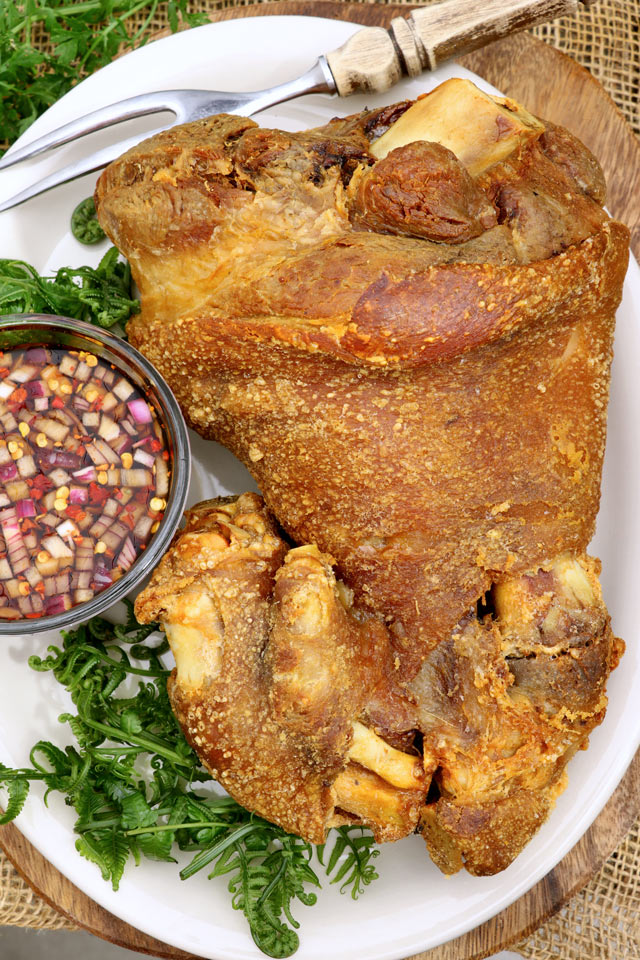I think it's time to share our culture on here. Let me begin and if you are Filipino why not randomly share anything that's 100% "Filipino".
So here goes. Filipino will drink to their deaths. What a way to go.
https://en.wikipedia.org/wiki/Lambanog
Lambanóg is a traditional
Filipino distilled palm liquor made from
coconut or
nipa palm sap. It is derived from
tubâ (palm toddy) that has been aged for at least 48 hours. It originates from
Luzon island in the northern Philippines. It is commonly described as "
coconut vodka" due to its clear to milky white color and high alcohol content. It is particularly potent, having a typical alcohol content of 80 to 90
proof (40 to 45%
abv) after a single distillation; this may go as high as 166 proof (83% abv) after the second distillation.
[1][3] Its smoothness has been compared to that of Japanese
sake and European
schnapps.
[2]
Tubâ (the native
palm wine) has existed in the Philippines since pre-colonial times. They were widely consumed for recreation as well as play an important role in the
animist religious rituals presided by
babaylan shamans. Heavy consumption of tubâ and other alcoholic beverages in the Philippines were reported by early Spanish colonizers.
Social drinking (
tagayan or
inuman in
Tagalog and
Visayan languages) was and continues to be an important aspect of Filipino social interactions.
[4][5][6]
During the
Spanish colonial period,
distillation technologies were adopted by native Filipinos as early as 1574, resulting in the lambanóg (known previously in
Philippine Spanish as
vino de coco or
vino de nipa), a palm
liquor derived from tubâ. There were hundreds of local distilleries for lambanóg production, largely improvised. They varied from portable stills with around 20 L (0.020 m3) capacity, to large stills that can process 750 L (0.75 m3). They usually consisted of two large pans (
kawa), a hollowed out log, and a bamboo tube. One pan was filled with the tubâ and set on the fire. The hollowed out log was placed in between, acting as the walls of the
still. The second pan was then placed on top of the wooden cylinder and constantly filled with cold water to induce condensation. A bamboo tube was attached to the wooden cylinder to collected the distillate to containers. Larger stills were barrel-like and made from planks reinforced with
rattan hoops. The joints of the still were sealed with clay or rags. The entire upper part of the apparatus was usually connected to a lever that allowed them to be swung aside to refill or clean the lower pan.
[4]
During the
American colonial period, the Food and Drugs Board of the Philippine Islands set up regulated distilleries for lambanóg with modern equipment. Home production of lambanóg was made illegal, as unregulated production can result in the retention of toxic levels of
methanol due to improper procedures. They also standardized the trade name of lambanóg to "
Philippine palm brandy" (also "Philippine coco palm brandy" or "Philippine nipa palm brandy"). This was due to the fact that they were distilled (and thus not
wines); as well as concerns about the local prejudice against "native drinks" (which are generally known as
vino or
bino) which could affect their marketability.
[4]
Lambanóg has a very high alcohol content of 40%-45%
abv (80 to 90
proof), in comparison to
bahalina (10%-13% abv) and
tubâ (2% - 4% abv).
[2] Lambanóg is usually served pure, though it can also be traditionally flavored with raisins. Modern lambanóg has recently been marketed in several flavours such as mango, blueberry, pineapple, bubblegum and cinnamon in an effort to appeal to all age groups.
[7]
Lambanog.com (not mine)
https://www.cnn.com/2019/12/24/asia/lambanog-poisoning-philippines-intl-hnk-scli/index.html
Toxic coconut wine kills at least 11 people during Christmas celebrations in the Philippines
The best alcohol comes out of a gasoline tank. lol
https://www.philstar.com/headlines/2019/12/27/1980023/another-lambanog-drinker-dies








